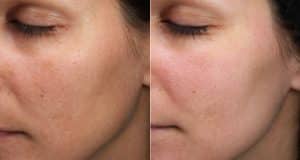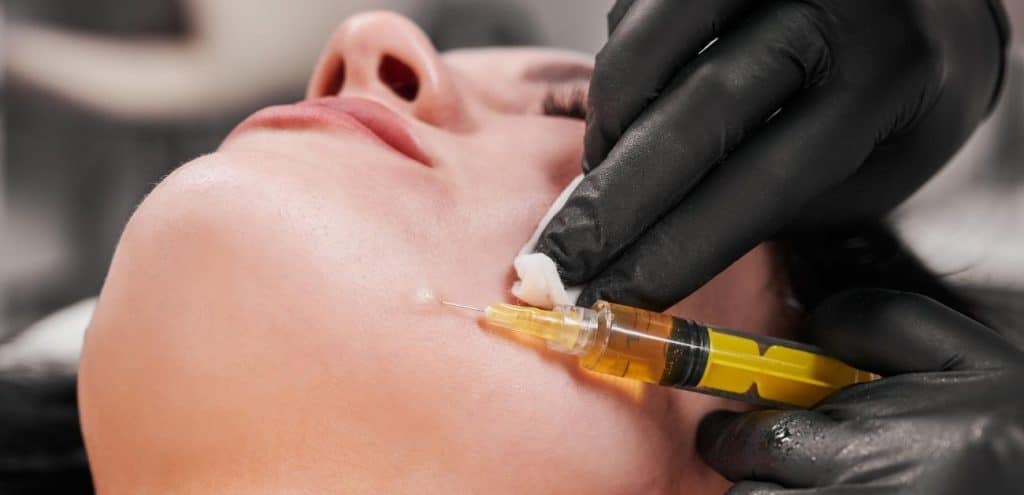
Is Moxi® Laser Treatment Right for You?
When considering any cosmetic treatment, it’s essential to determine if it’s the right fit for your skin and your goals. Moxi® Laser Treatment could be

Developing in the 1970’s and gaining popularity in the 90’s, PRP Therapy has grown tremendously. Over the last decade, interest in PRP has increased more than ever.
Platelet Rich-Plasma, or PRP, is a regenerative injection therapy that expands the congregation of specific bio proteins or hormones, called growth factors, in a particular area to expedite the healing process.
To collect plasma, the liquid portion of blood, a doctor draws blood from your body and uses a machine to detach the PRP from the rest of the blood. Then, the doctor numbs the specific area of your body with PRP injections. Thereafter, the doctor uses a needle to inject your plasma into the particular area of your body that is being treated.
Because PRP uses blood drawn from and received to the same patient, it not only makes this a very natural and extremely safe procedure, but there is no risk of rejection, adverse reaction, or disease transmission.
Platelet Rich-Plasma is used in many ways to stimulate the body’s natural healing processes. Here are a few:
Pure PRP system can achieve up to 8 concentrations. It uses clinical technology that optimizes the double spin technique, capturing the requirements necessary to exceed the clinical demand for deliverable platelets.
L-PRP is often used to treat open traumatic injuries. Human fibroblasts treated with LP-PRP showed a significant increase in proliferation when compared to untreated controls.
PRP relies on platelets (cell fragments found in blood) to stimulates collagen and elastin production. The platelet yield for PRP products has a platelet concentrate which is five to seven times higher than the normal amount. This type of therapy is especially in the fields of sports medicine, dermatology, and cosmetics.
At Glamor Medical, we use PURE PRP by EmCyte II because its regenerative power is shown to play an adjunctive role in clinical outcomes. It’s chosen over surgery for many conditions, ranging from degenerative joint disease, to tendon and ligament injuries. Pure PRP has the same processing time as traditional PRP but more of a long term outcome.
Pure PRP has an advantage over traditional PRP in that it requires a two-step concentration process which eliminates red blood cells and neutrophils, type of white blood cells.
Now that you have some basic information on what PRP is and the different types of treatments, it’s time to decide which route is best for you took take. Be mindful of the reason behind going for this treatment and what exactly you wish to achieve from it. We understand this can be an overwhelming choice to make, but at Glamor Medical, we are here to help guide you towards the best treatment option that’s right for you!

When considering any cosmetic treatment, it’s essential to determine if it’s the right fit for your skin and your goals. Moxi® Laser Treatment could be

CoolSculpting is a popular non-invasive treatment for reducing stubborn fat, but there are still many misconceptions about how it works and what it can achieve.

Summer is approaching quickly, and it’s the ideal time to get your body in shape with CoolTone and VelaShape. This advanced combination can help you
© 2020-Glamor Medical.
Website by Argon Agency.